Introduction
Investing in the best Wireless Access Point, or WAP can transform your home office or small business by ensuring you have a strong Wi-Fi connection wherever you need it.
Even if you have one of the best wireless routers available, you may still experience internet dead zones in your home or small business, especially if it is a larger property. Several devices may be competing for bandwidth at the same time in order to stay connected throughout your home or small business. This is where a Wireless Connectivity Point can come in handy, as just one of these devices can provide high-speed internet access to all of your smartphones, tablets, PCs, smart home devices, and other devices.
Wireless Access Points, or WAPs, are yet another technological marvel in the computer network industry. Choosing the best option will ensure a continuous network connection across the entire area. Furthermore, these devices are capable of handling multiple device connections at the same time.
However, there is a catch. How will you select the most appropriate equipment for your needs? On the market, there is far too many WAPs.
Don’t worry, we’ve got your back. We have finally arrived at a list of the best after conducting extensive research.
However, it is preferable if you have a basic understanding of WAPs before proceeding with the list. The factors listed below will help you distinguish better devices from others.
Data Transmission Speed
This is a no-brainer. Examining this capability will help you filter the products from the start. But here’s the thing: high data transmission speeds aren’t all that important. Because it is a waste of money if all you require is broad connectivity.
In general, the lowest combined figure here would be 1350 Mbps. At the same time, you should aim higher because your needs go beyond the norm.
Ethernet
It’s possible that ethernet isn’t your top priority. Having such a skill under your belt, on the other hand, will be extremely beneficial in the future. Furthermore, establishing a separate ethernet configuration is both costly and time-consuming.
As a result, look for WAPs that have at least two POE ports. In this situation, ensuring the bottom line will undoubtedly give you a significant advantage.
Durability
It is pointless if your Wireless Access Point has powerful features but fails to function after a short time. This factor becomes even more important if you intend to mount it outside. In this case, the device should be able to withstand humidity, heavy rain, storms, and freezing temperatures.
As a result, you should always check to see if the item you’re thinking about buying has any such complaints. One of the simplest ways to accomplish this is to use only Wireless Access Points from reputable manufacturers.
If you’re looking for more such considerations, there’s a “Buying Guide” at the bottom of this article. But first, let’s look for wireless Access Points.
Best Wireless Access Point 2023
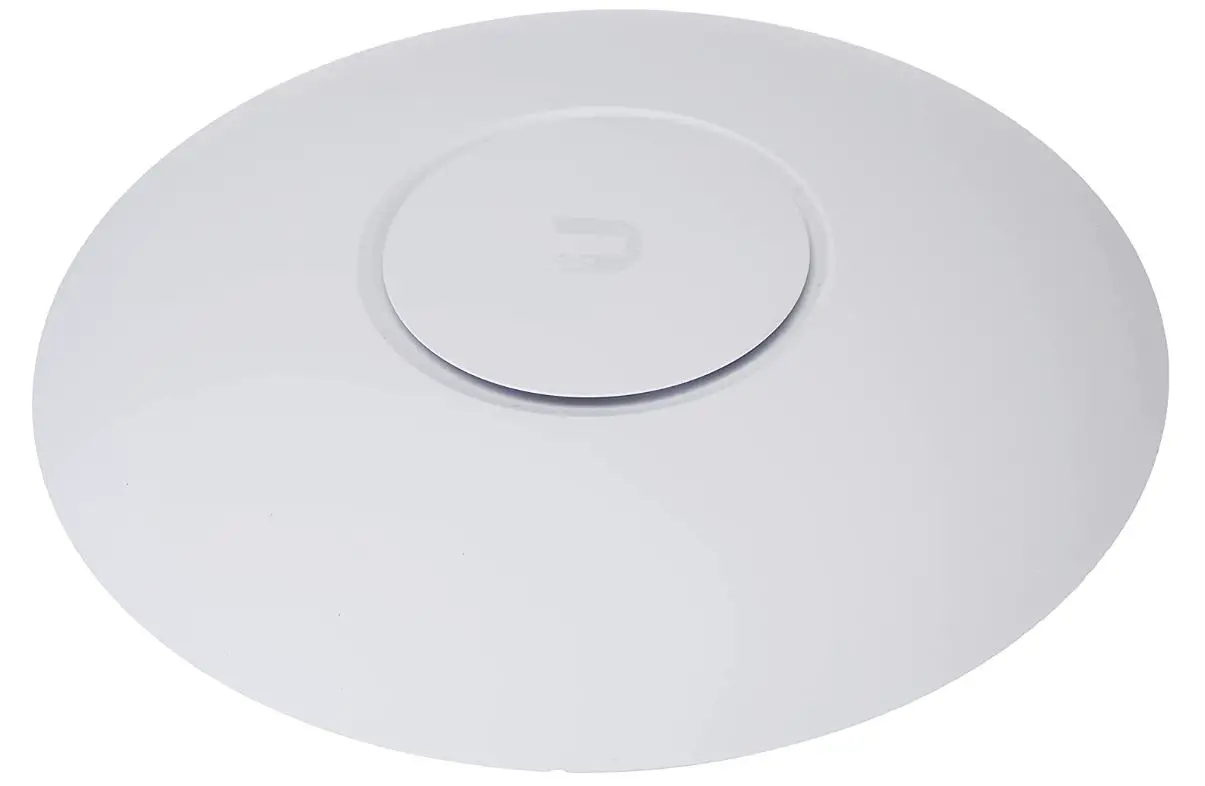
Ubiquiti Networks Wireless Access Point
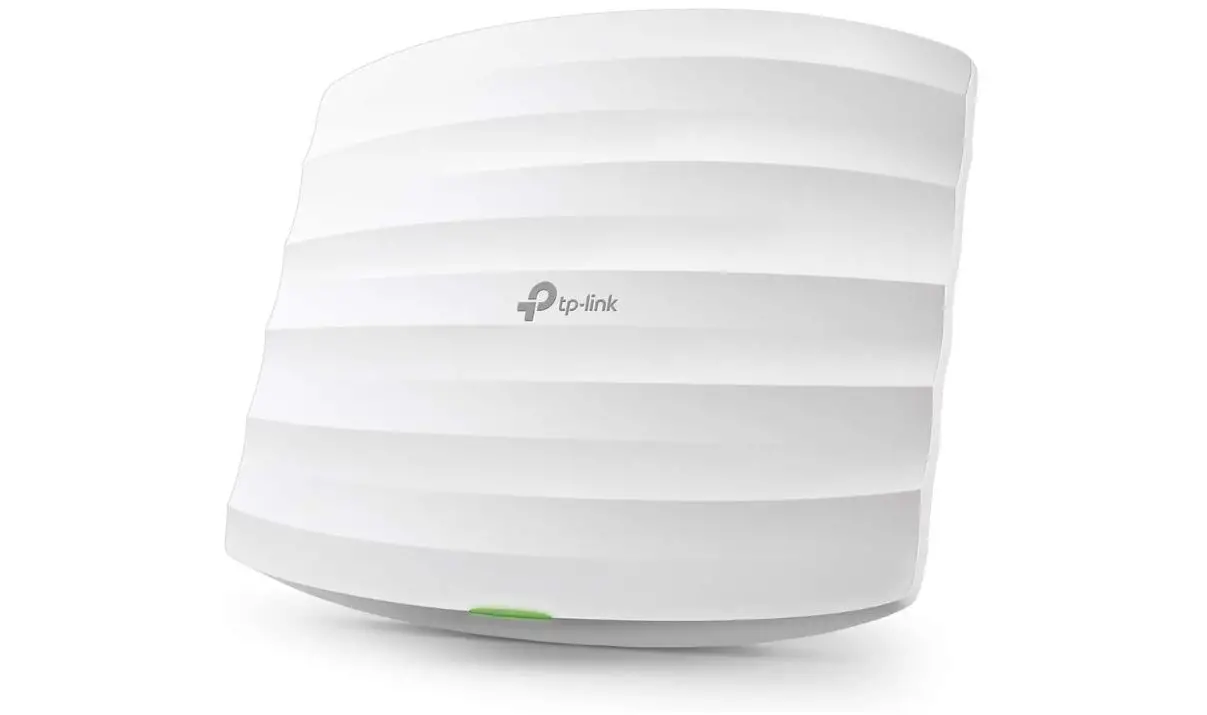
TP-LINK EAP225 V3 Wireless Access Point
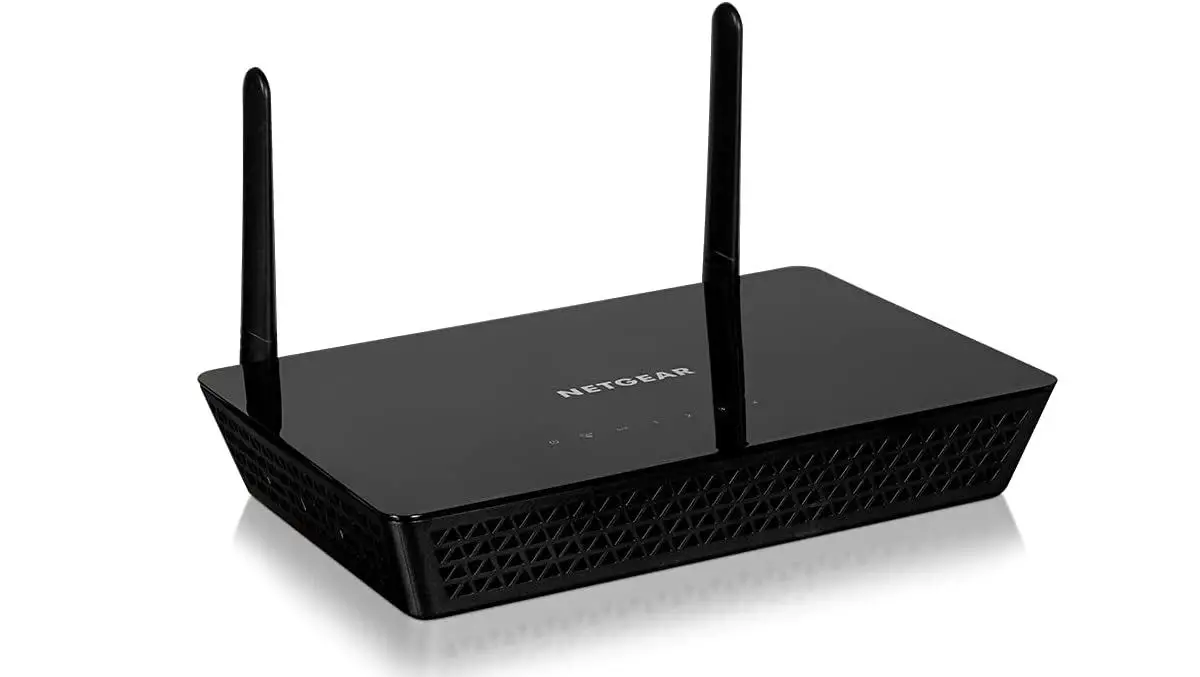
NETGEAR AC1200 WAP
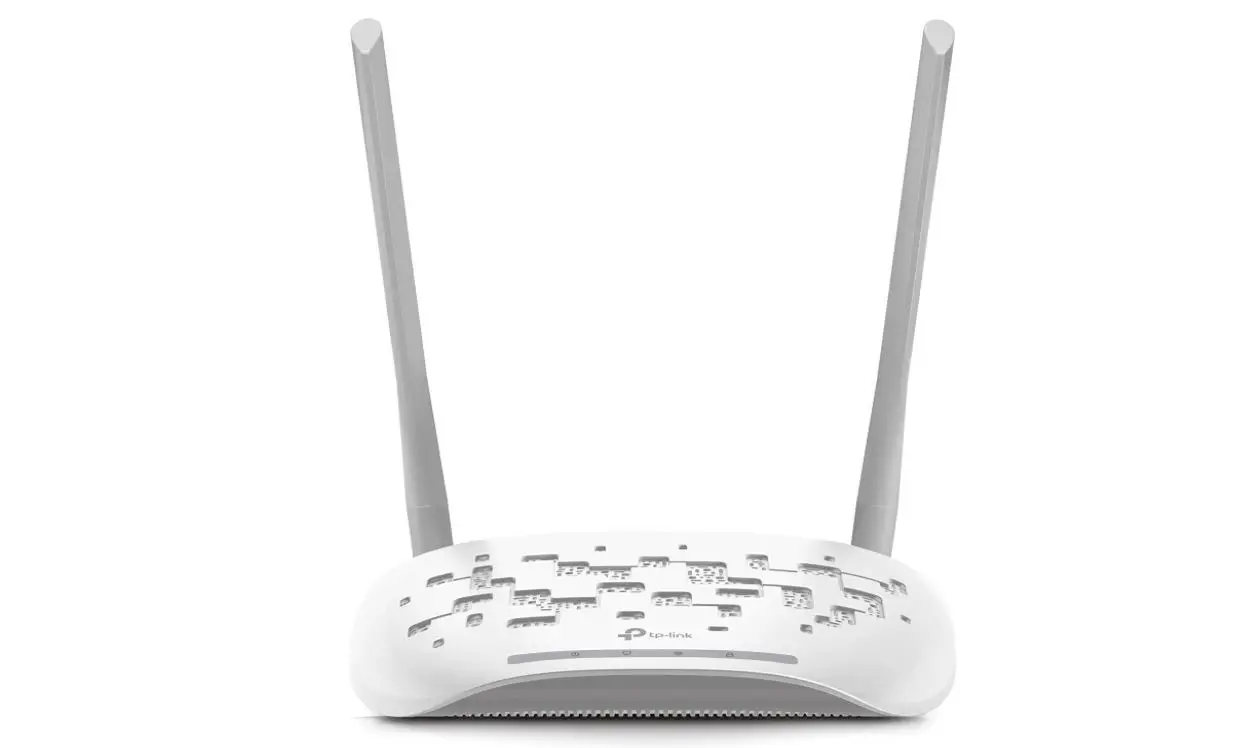
TP-Link Wireless N300 2T2R

ASUS 3-In-1 WiFi Router
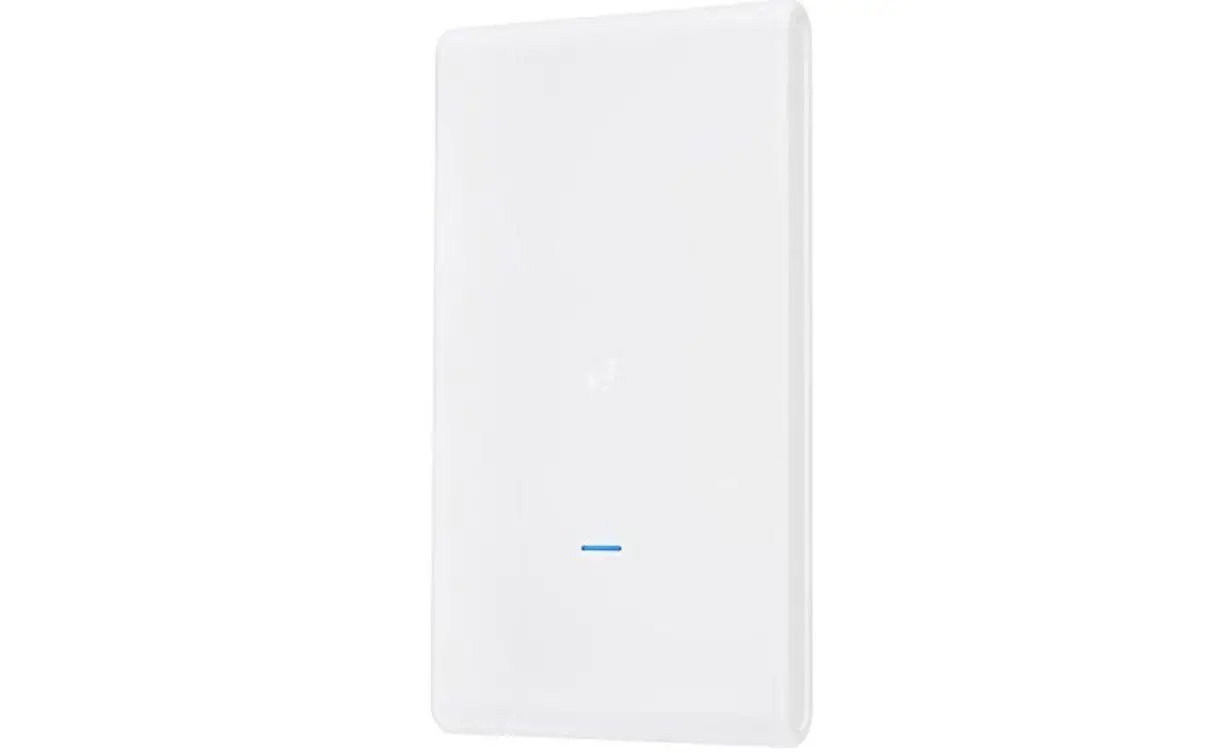
Ubiquiti UAP-AC-M-PRO-US Unifi Access Point

Zyxel True WiFi6 WAP
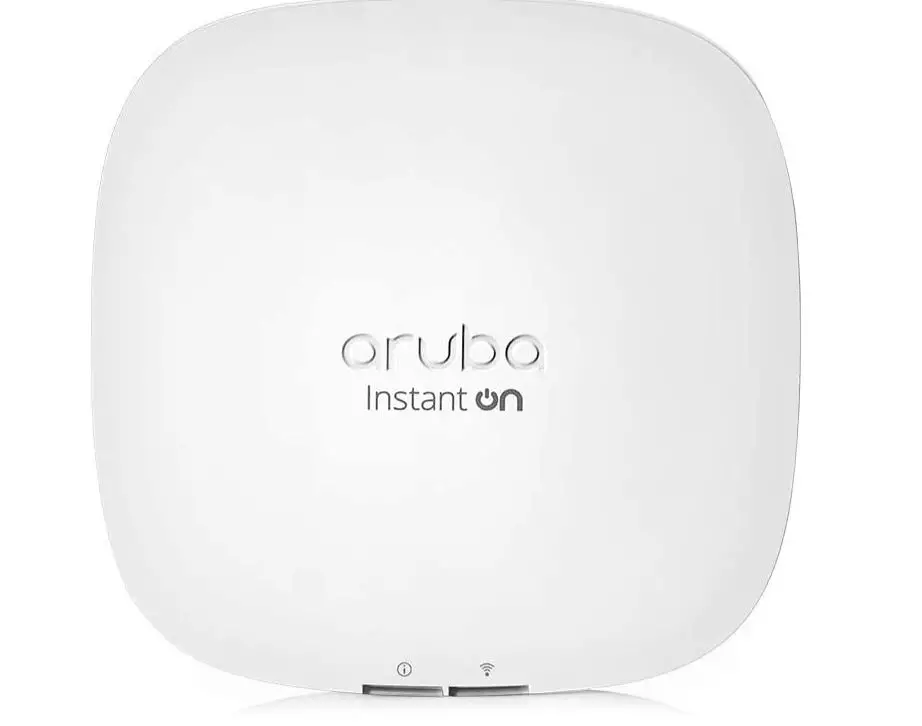
Aruba Instant On AP22 WAP

When it comes to network devices, the Ubiquiti brand has provided some of the best players. And its worthy successor, the UniFi UAP-AC-PRO, provides the same authority. It is more expensive, but it is worthwhile to invest in it.
Starting with the physical appearance, which will instantly catch anyone’s attention. The white circular compact design is attractive and appealing. It will undoubtedly increase the value of the interiors of your home or workplace.
At the same time, the company has paid close attention to the device’s durability and firmness. The facts will astound you. This small-looking Wireless Access Point can withstand inclement weather. The device will continue to function in temperatures ranging from -10 to 70°C. The same holds true for humidity resistance.
Another appealing feature is its quick access point. This dual-band Wireless Access Point features 3 X 3 technology to maintain a strong data connection between multiple devices. Furthermore, this Wireless Access Point supports 802.11AC standards.
The UAP-AC-basic PRO’s information is also up to date. In the 2.4 GHz and 5.0 GHz bands, you can expect speeds of 450 Mbps and 1,300 Mbps, respectively. Furthermore, app management is useful because it gives you complete control over the device.

For many years, the company has provided its customers with smooth services. And one of the best reasons for it is the EAP225 V3. Let us look into it further.
The most important feature of the Wireless Access Point is its low cost while providing the most functions. To begin, consider the ease with which connectivity can be achieved. This product includes both 802.3af PoE and passive PoE for your convenience.
At 2.4GHz and 5.0GHz, expect high-speed data transmission of 450Mbps and 867Mbps, respectively. Having such speed in your arsenal is enough to take care of your profession as a whole.
Because of the latest MU-MIMO technology, you will receive one of the most advanced data-sharing access points. The device will be able to send data to multiple devices at the same time with ease. An entire VLAN can be set up with such power.
TP-cloud One of the cutest features available here is Link’s management services. It provides complete control over the VLAN. You can now easily make changes with a few touches. It also enables you to track the visitor’s activity for complete transparency.

There’s no need for me to mention the brand’s authority. The years of service tell the entire story. And this time, its AC1200 Wireless Access Point has quickly gained thousands of satisfied Amazon customers.
Starting with the feature that distinguishes it. The NETGEAR AC1200 features four Gigabit Ethernet ports. This is the highest number you can get here. With this Wireless Access Point, you no longer have to compromise on connecting devices.
The sole purpose of this NETGEAR AC1200, like the previous one, is to provide the best thing within the budget. Here, the company has primarily focused on the needs of households and small businesses.
This dual-band Wireless Access Point has a 2.4GHz speed of 300mbps and a 5.0GHz data transmission speed of 867bps. You can easily meet your professional and gaming needs with such power. To support this, two external antennas, one for each band, are attached.
The appealing aspect of this Wireless Access Point is its easy compatibility. This device is easily compatible with the N150, N300, N600, and AC devices. Furthermore, the most powerful protocol connections are ensured by the most recent IPV6 technology.

The TP-N300 Link could be mistaken for a Wi-Fi router with its two massive antennae protruding from the borders. This is a powerful device with wireless transmission speeds of 300 Mbps over 802.11n, which are not market-leading but are reflected in the low pricing of its access point.
There are several service options available, including use as an access point, server, WDS repeater, or wireless link. It also has Control over Ethernet (PoE) connectivity for up to 100 feet for even more dynamic configuration.

ASUS has always had a distinct fan base among computer enthusiasts. The company only cares about providing high-quality products, regardless of price. However, the company surprised its customers by providing the most affordable Wireless Access Point.
If your needs are modest and you don’t want to spend a lot of money, the ASUS 3-In-1 Wireless Router (RT-N12) is a good option.
This Wireless Access Point operates on a single 2.4GHz band. A transmission speed of 300Mbps is reasonable here. At the same time, the company is well-known for having one of the most seamless network coverages.
Two detachable antennas support network stability and coverage. These 5 dbi antennas ensure that you have consistent network connections throughout the area. Furthermore, the detachable characteristics allow you to fine-tune the setup to your preferences.
Finally, it is the ASUS online management tool that completely changes the game. You gain access to all of the major features as well as extensive network control. You can completely trust the company’s word on this.

This Ubiquiti model offers enterprise-grade functionality at an affordable price. It is a little more difficult to set up than a standard AP because it requires a computer attachment, a power source, and, finally, an UniFi device.
The latter is a multi-UniFi network access management method that is useful if your company intends to install and manage a large number of UAP-AC-Pro devices. This WAP, which can be operated locally or remotely, provides good wireless output.

Are your data transmission requirements excessively high? If so, the Zyxel True WiFi6 Wireless Access Point will astound you. The device is more expensive than usual, but it is worthwhile to invest in it. In exchange, you will receive powerful and advanced features that will make your life easier.
Starting with the fundamentals. This dual-band Wireless Access Point can deliver a high transmission throughput. Total data transmission speed is expected to be 3Gbps. Its Dual 44 5GHz + 22 2.4GHz antenna ensures that you get nothing less.
Another outstanding feature of this Wireless Access Point is its quad Qualcomm 1GHz A53 CPU. You will notice more stable and smooth network connectivity. The same is true for the rest of the network’s devices.
You can save a significant amount of money each month by using the dual mode. If you are not yet ready for cloud management, the NWA210AXseries provides a stand-alone feature. This allows you to configure each access point through its local user-friendly web interface and setup wizard.

Aruba has been one of the US’s hidden gems since 2002. It provides seamless services to the people and continues to surprise them on a regular basis. And this time, their Instant-On AP22 for heavy workloads is a worthy choice.
Aruba supports advanced 802.11ax standards. As a result, the device is completely dependable for your future requirements. Furthermore, the powerful ethernet of 802.1af Class 2 is available to assist you.
Another appealing feature of this Wireless Access Point is the use of two-factor authentication for maximum security. Here, you can ensure that no intruder device has access to the benefits of your network.
When it comes to speed throughput, this is pretty adorable. The Aruba Instant On AP22 has a high transmission speed of 1200 MBps at 5.0GHz and 574 Mbps at 2.4GHz. There’s no need to be concerned about slow data speeds anymore.
What is WAP?
A wireless access point (WAP), also known as an access point (AP), is a small electronic device that connects other Wi-Fi devices to a wired or wireless network.
To accommodate more wireless devices, WAP devices create a Wi-Fi network within an existing wired or wireless network. They improve wireless coverage and eliminate dead spots by extending the range of a Wi-Fi router, which is especially useful in larger homes, outdoor areas, apartments, offices, and buildings.
It’s simple to set up a WAP and connect any Wi-Fi-enabled computer or device to a Wi-Fi network without the use of wires and cables.
The physical connections of a WAP, router and Wi-Fi device are illustrated below. A wired medium connects a WAP or AP to the router.
What’s the right wireless access point?
It is possible to use a single band (2.4 GHz), a double band (2.4 GHz and 5 GHz), or a triple band (one 2.4 GHz band and two 5 GHz bands). The 5 GHz frequency implies more reliable and faster connections. Another distinguishing feature is the antenna shape, which can be internal or external. Internal antennas are much better suited for indoor use, whereas external antennas are typically used outdoors.
Access points could be controller-controlled or self-contained. They are slightly more expensive than the ones before them, but they are more advanced. Controller-based access points provide centralized control, improved WPA2 encryption, tuning, and other benefits.
What is, and how does, a wireless access point work?
An access point extends the range of a wireless network and consumer connections to it. It wirelessly connects devices to a LAN via an elevated Ethernet connection (local area network). A wired Ethernet signal is converted by the access point into a wireless signal, which is then relayed to wireless users. Using multiple Access Ethernet networks, data can be sent along the path of receipt and transmission at the same time.
For example, a wireless router provides adequate WiFi coverage for a “normal” sized home. When used in conjunction with any access point, a modem broadens the spectrum of the wireless signal. This router access point cluster effectively eliminates “dead zones” with inconsistent, minimal, or no signals and/or range.
A wireless access point is not the same as a wireless router. Which lacks security and the ability to protect your LAN from Internet threats.
Technologies from AP
MESH Technology
Connecting home appliances, businesses, and even cities is a possibility! Mesh technology enables wireless access nodes to communicate with one another over the Internet in real-time. Mesh topology is represented by systems or desktops (nodes) that are directly connected. When certain networks are directly linked to one another, but others are only linked to those that share the most data, a restricted mesh topology emerges.
PoE (Power over Ethernet)
is a powerful low-power long-cable innovation capable of relaying up to 100 meters? PoE reduces the risks and hazards associated with power outages.
MIMO Antenna Technology (Multiple Input Multiple Output)
It helps to limit the disruptive impact of dispersed signals on wireless Internet and other electronic networks, which increases faults and slows transmission speed. Destructive multipath signal distribution can be reduced by placing two (or more) antennas and multiple signal outputs (one per antenna) at the origin and source.
It is possible to use a single band (2.4 GHz), a double band (2.4 GHz and 5 GHz), or a triple band (one 2.4 GHz band and two 5 GHz bands). The 5 GHz frequency implies more reliable and faster connections. Another distinguishing feature is the antenna shape, which can be internal or external. Internal antennas are much better suited for indoor use, whereas external antennas are typically used outdoors.
Access points could be controller-controlled or self-contained. They are slightly more expensive than the ones before them, but they are more advanced. Controller-based access points provide centralized control, improved WPA2 encryption, tuning, and other benefits.
Wireless AP Benefits / Drawbacks
The ability of wireless access points to connect people to the internet without the use of wires is a fundamental advantage. They can be installed anywhere there is an Ethernet cable.
Buyer’s Guide to the Best Wireless Access Point
As with any system, some wireless access points will be easier to build than others.
WAPs from Ubiquiti and TP-Link are relatively easy to install and configure, especially when compared to brands such as Cisco and EnGenius, which are a little more difficult.
In some cases, your router may need to be configured as an entry point, a server router, a link, or a SOHO router. It will take some prior knowledge to configure it exactly how you want it, but you will undoubtedly benefit from your device.
Having said that, there are several access points, including Ubiquiti’s, that are always simple to set up and feature-rich.
Boost in Signals:
The larger the signaling gain, in general, the better, though some argue that purchasing a WAP with a lower signal gain is preferable.
The greater the signal gain, the further the transmitter is heard and the smaller the total area covered. With such a low signal gain, you can achieve a shorter wavelength with a stronger signal over a larger region.
Antenna arrays are used in such WAPs, with some using omnidirectional antennas.
The signal gain of omnidirectional antennas is lower than that of directional antennas.
If you only intend to use the WAP to provide a Wi-Fi signal to your home or yard, you might be better off with one with a lower signal gain so that the signal does not have to travel long distances.
Coverage:
Because the type of antennas used affects coverage, it is inextricably linked to signal gain.
Use a WAP with omnidirectional antennas to cover a large area while not transmitting signals too far, and try to keep the coverage area around 400 feet.
Furthermore, some devices, such as phones and tablets, can accept data but cannot return it.
Choose antenna arrays that allow data to be transmitted and retrieved by the devices over long distances if you have different specifications or want a point-to-point arrangement.
Power Over Ethernet:
Ideally, you should be able to power and data the WAP with a single Ethernet cable.
This will also raise the overall cost, but if you want to save some money, you can get one that requires a PoE injector.
Fortunately, the majority of the wireless access points on this list are PoE-powered, as I understand how difficult it can be to find accessible power outlets, especially if you have a diverse range of devices.
Weather-proof:
A wireless access point must be waterproof if it is to be installed outside.
It should be able to withstand extreme temperatures, especially cold, high humidity, heavy rains, and storms, in conditions where many other technologies would fail.
Many companies claim that their equipment is weatherproof but not waterproof; therefore, it should not be submerged. The WAP, on the other hand, must be able to compete with water splashes.
When looking for an outdoor WAP, make sure there are no visible orifices and that all cables and outputs are sealed and weatherproofed. Last but not least, you want the water to be able to enter.
Always make sure your packing is sturdy; you want it to be able to withstand a storm. If possible, look for an IP rating that has been approved after it has been issued, as this ensures that it has been tested under harsh conditions.
Innovations for Wi-Fi:
Users benefit from having access to cutting-edge technology as systems and networks become more accessible and affordable, while the cost of purchasing items remains relatively low.
Regardless of the vendor, the most recent technology will be incorporated into modern WAPs. This includes the ability to connect computers more quickly, as well as MU-MIMO, mesh capabilities, and devices from the same “family.”
Watchdog Hardware Timer:
Using a WAP with a WDT (Watchdog Hardware Timer) option allows everything to be checked in with the device’s gateway, which is usually the router, and to reboot as needed.
You can go through it manually this way. Not a must-have, but a worthwhile option.
Standard of IEEE:
It is critical to examine the IEEE specification because it defines the wireless access point’s strength.
Only when X is replaced by b, g, n, or AC are IEEE specifications represented as 802.11X.
Both characters refer to the access point’s wireless protocol; most recent WAPs will use the 802.11AC specification, but some will also use 802.11b.
Keep in mind that the IEEE specification that applies to the WAP you want to buy will limit the amount of bandwidth it can support.
Only 11 Mbps across the entire network may be sufficient for a WAP to meet the 802.11b criterion, which may be insufficient for some users.
802.11g is faster, with rates reaching up to 54 Mbps. 802.11n is the second-fastest, with a maximum system speed of 300 Mbps.
The most recent standard is 802.11AC, which can provide up to 5,200 Mbps.
A WAP that uses the 802.11AC protocol will provide you with the highest possible data transfer rates and potential proof, but keep in mind that you will eventually be limited by your home broadcaster’s connection speed rates.
Unless your access point only adheres to the 802.11n specification, it isn’t the end of the story because this would still be very fast for users; therefore, aim for 802.11AC if at all possible.
Antennae:
It is critical because your wireless access point can establish a secure connection to the internet, so the system’s antenna is also important.
When it comes to the antenna, you have a few more options; some are internal, while others are external, and they can be modified and sometimes deleted.
Another thing to double-check is that the antenna is properly connected and can be adjusted.
Because the antenna is critical for providing a better signal, it’s a good idea to investigate the equipment used to build the antennas and the WAP in general.
Help Assistance:
If your WAP is not functioning properly or has completely failed, you should contact the vendor for assistance and schedule a guaranteed replacement.
It may be worthwhile to review all of the ratings for the service provided by various suppliers because, unfortunately, some are probably not as good as you and I would want, particularly as customers.
It may be a source of concern for those of you who are unfamiliar with network equipment and may require additional assistance.
Standalone vs. Controller-Based:
Standalone wireless access points can operate independently of the controller and provide wireless network coverage to any region, whereas controller-based WAPs must maintain active communication with the controller.
A standalone WAP will suffice for those who need a WAP to serve a smaller territory and fewer devices, but as the range, customer, and system demand grow, a controller-based WAP is required.
This would enable the installation of multiple access points, all of which could be managed by a single controller.
Conclusion:
These are the best wifi access points I’ve found for large homes, with prices that are affordable for most people and excellent coverage.
When shopping for a wireless access point, ask whether the antennas are high-gain or low-gain, how far you expect them to reach, which IEEE wireless standard they adhere to, and how simple they will be to operate and install.
If I could recommend one of the wireless access points described in this article, it would have to be the Ubiquiti UniFi UAP-AC-PRO.
With this access point, Ubiquiti has hit the nail on the head. It not only has a longer range, but it also has faster speeds, and the UniFi Controller software simplifies the management of your home network.
